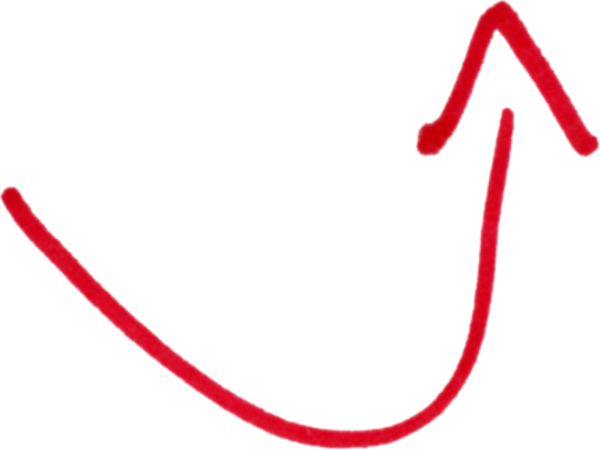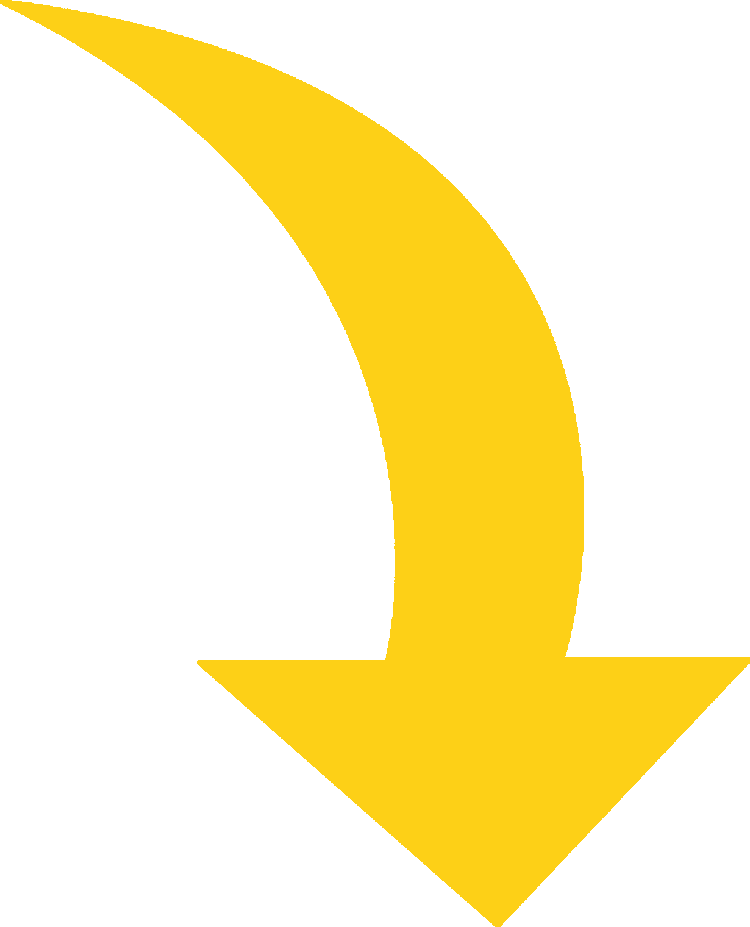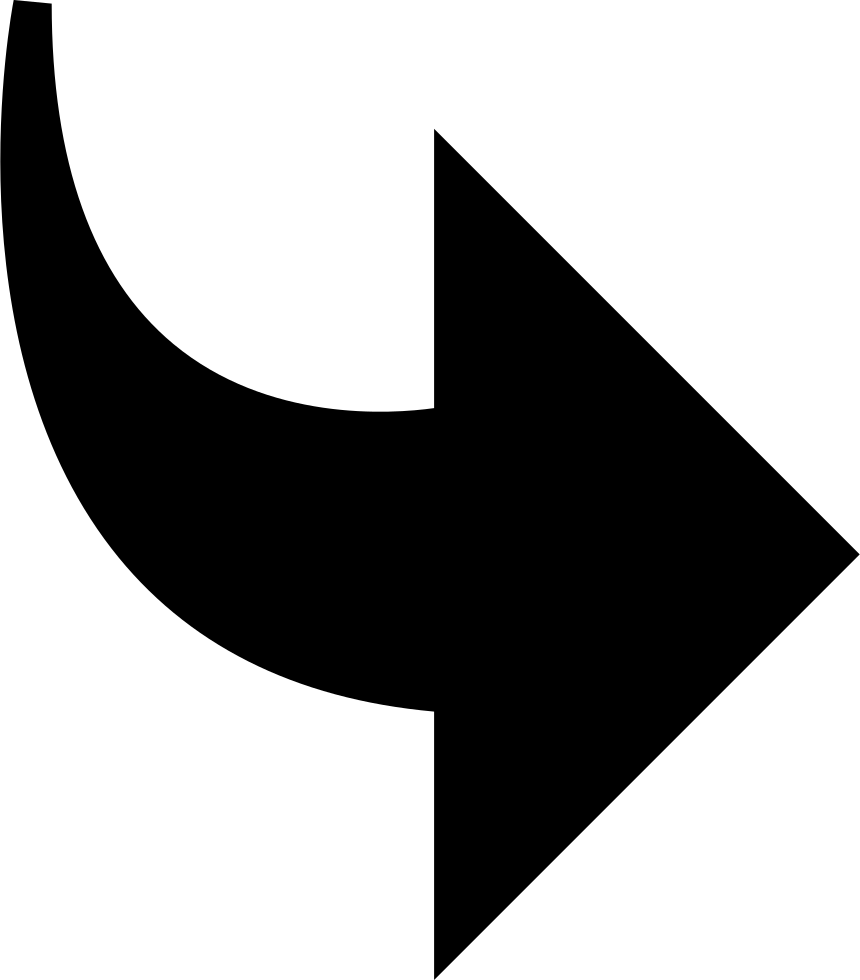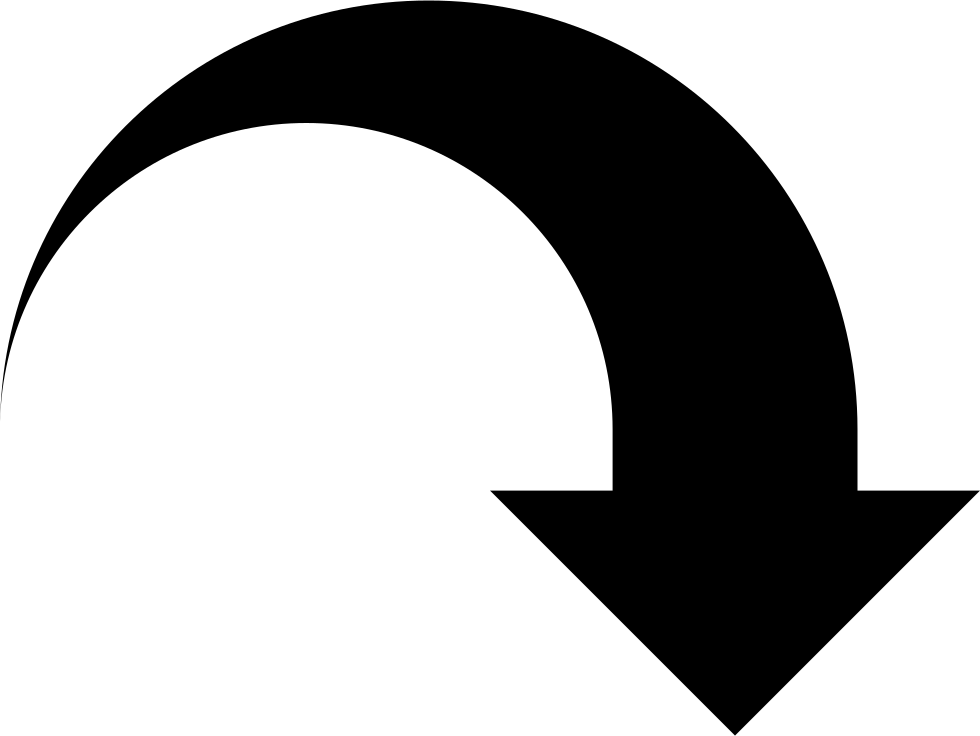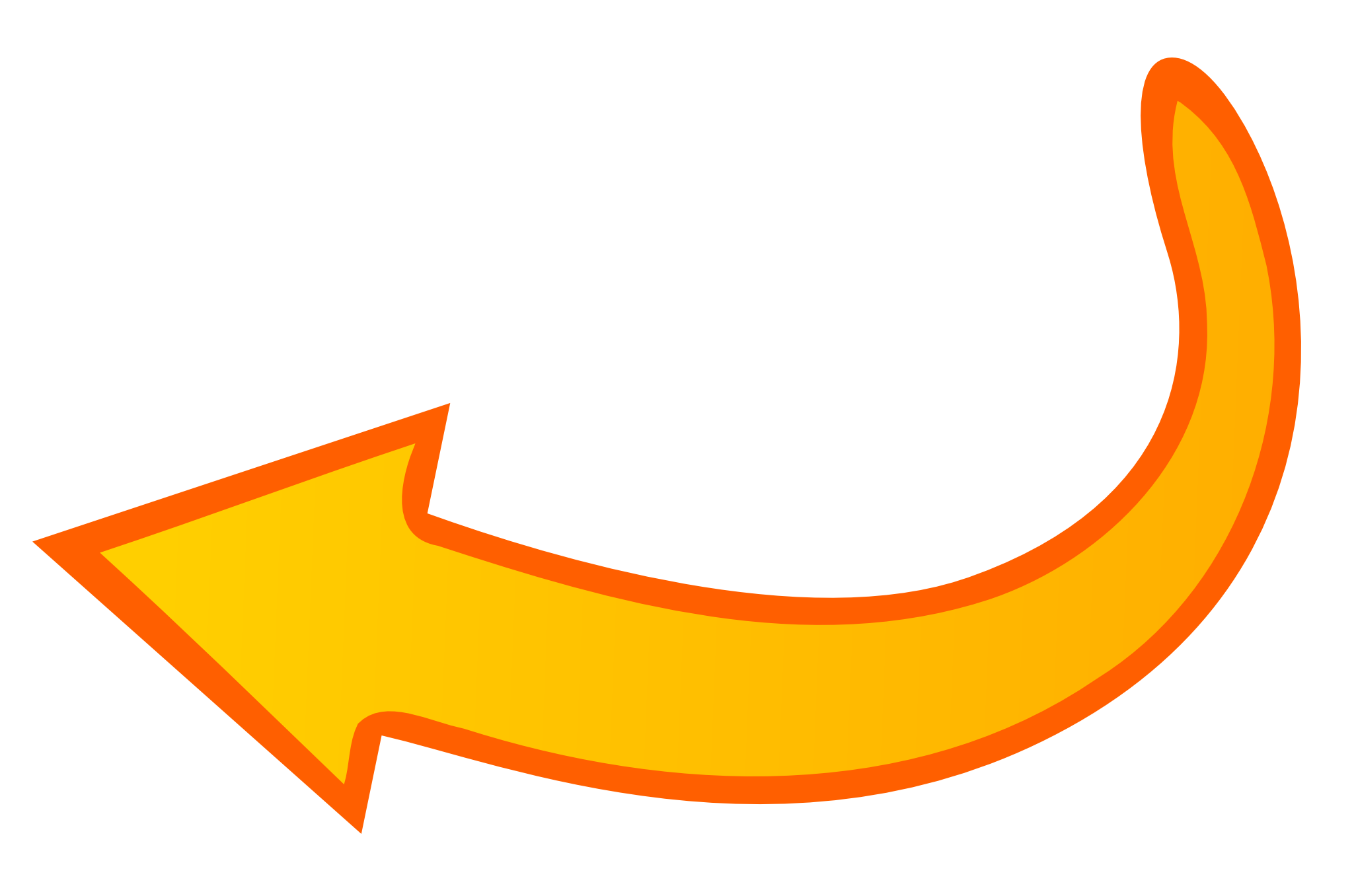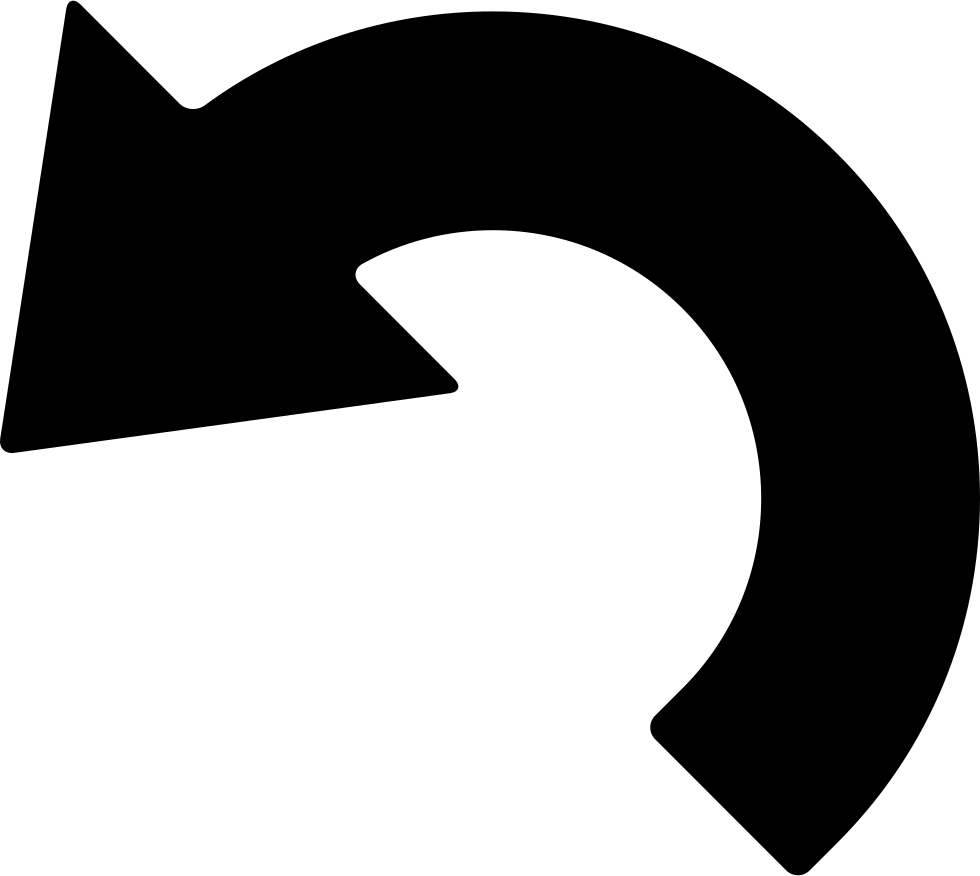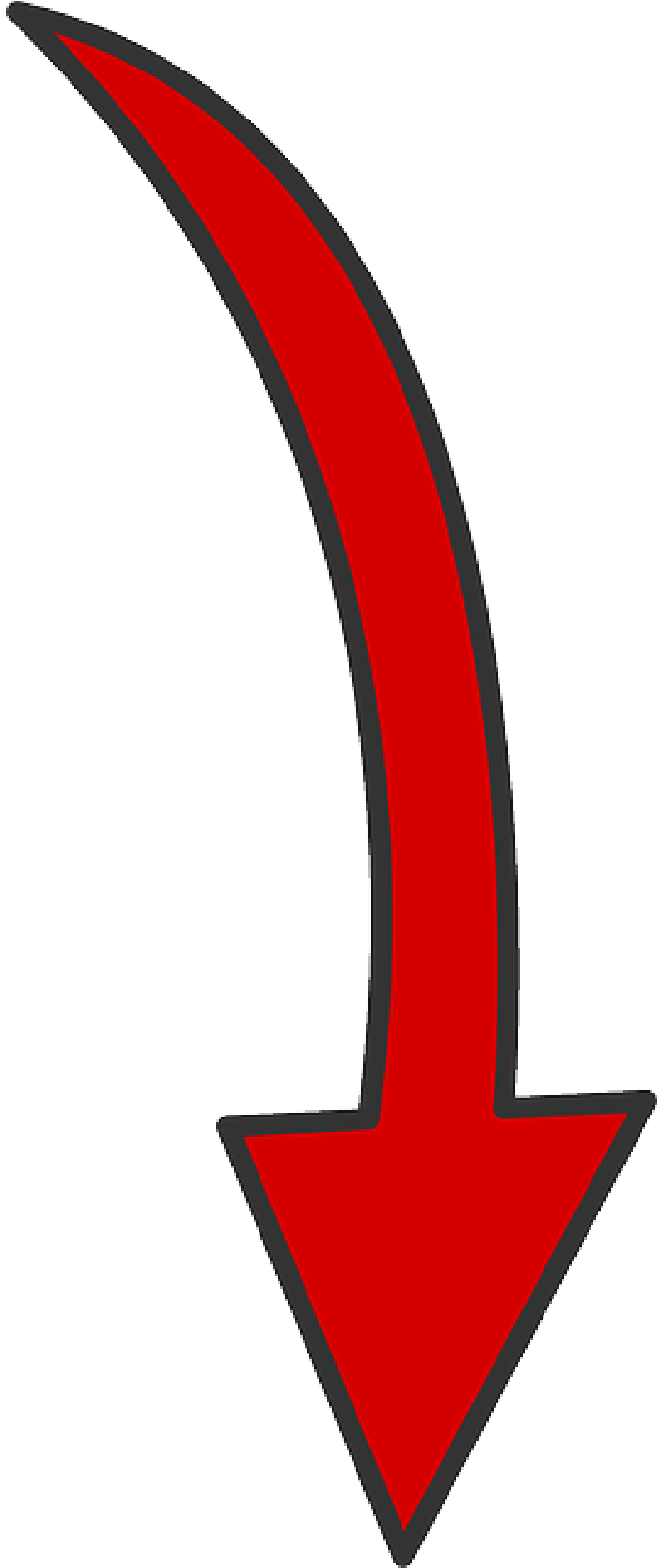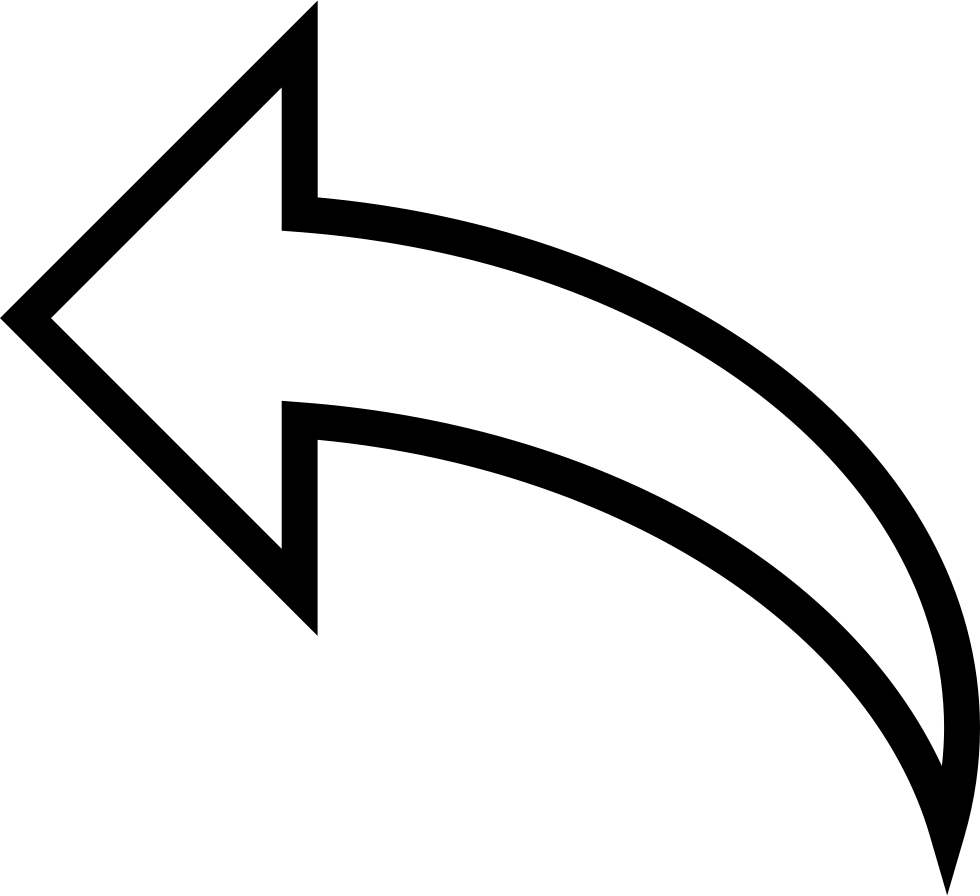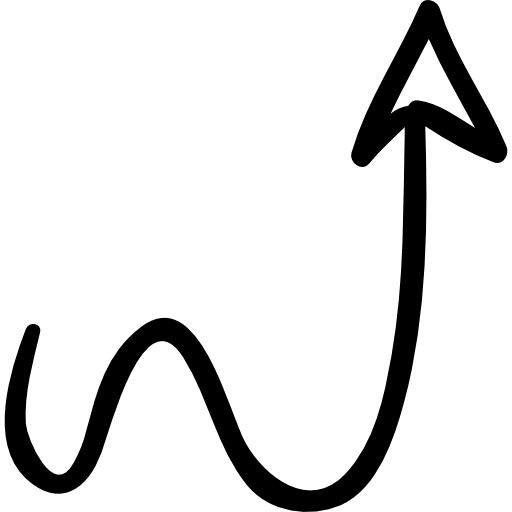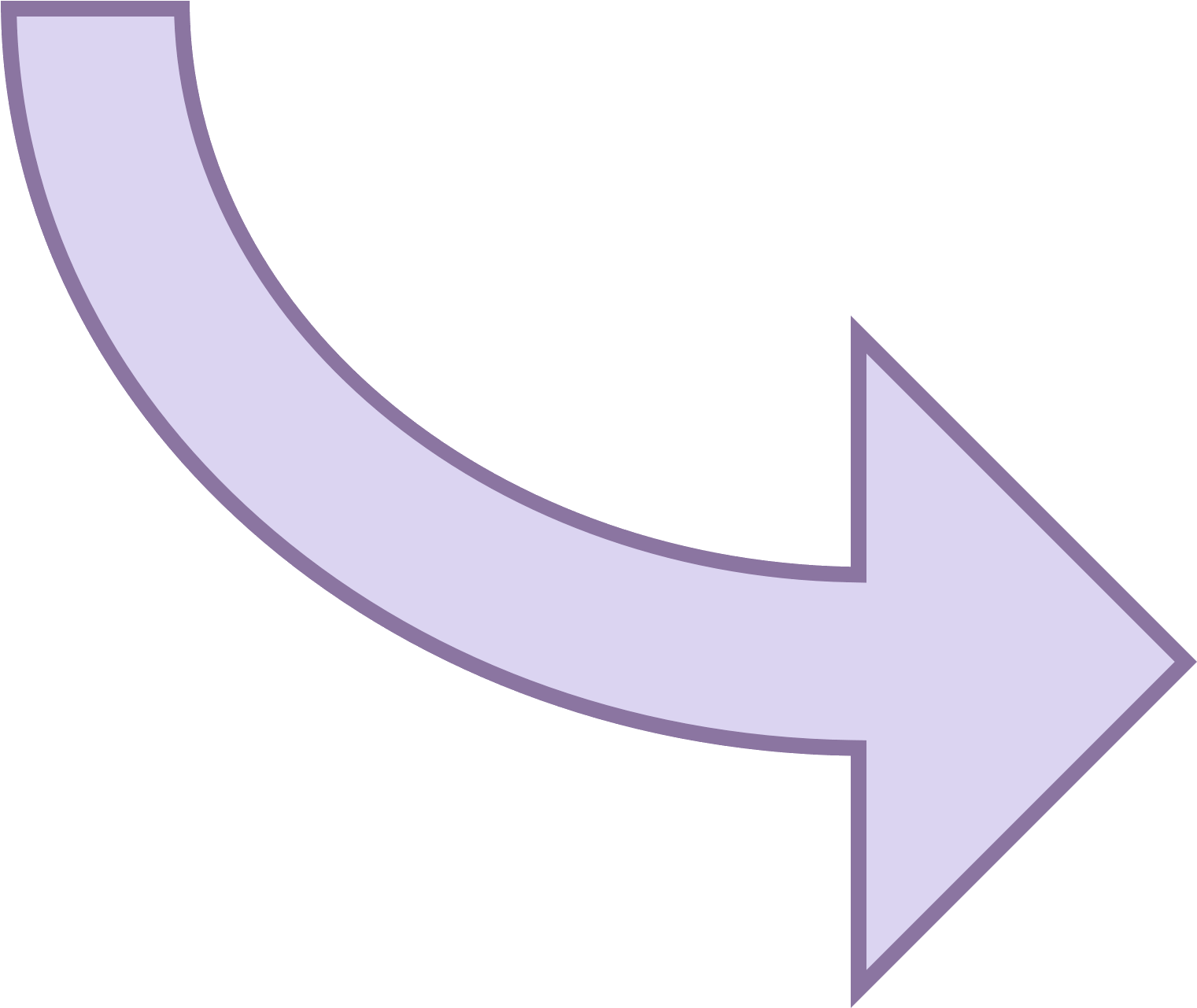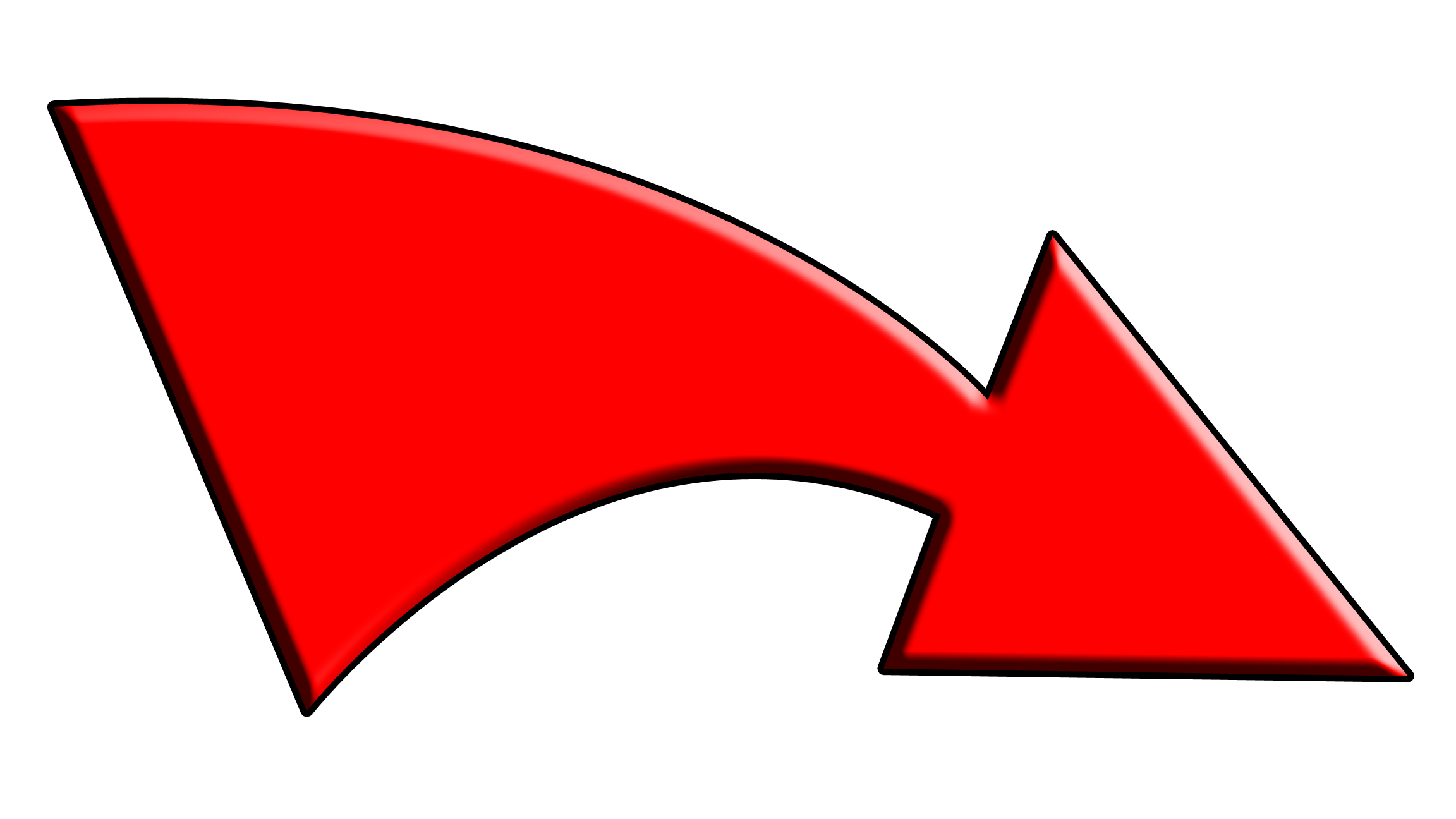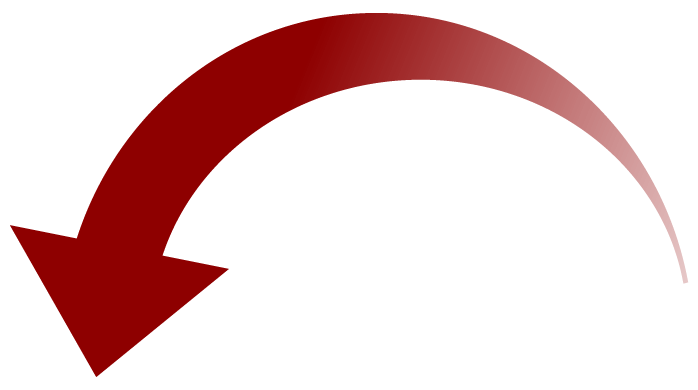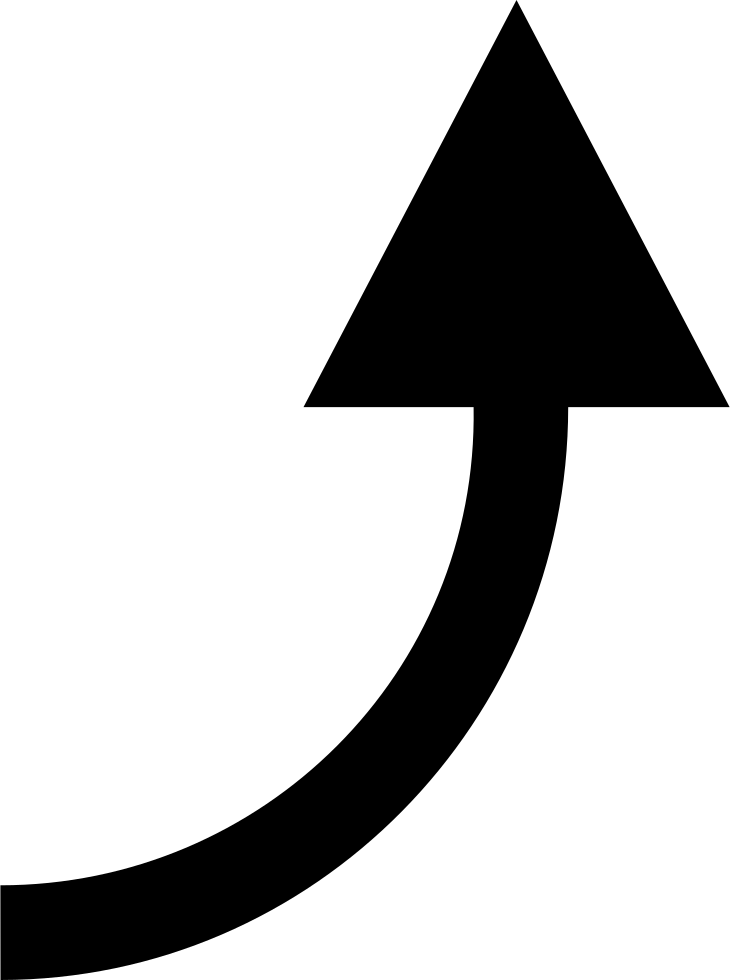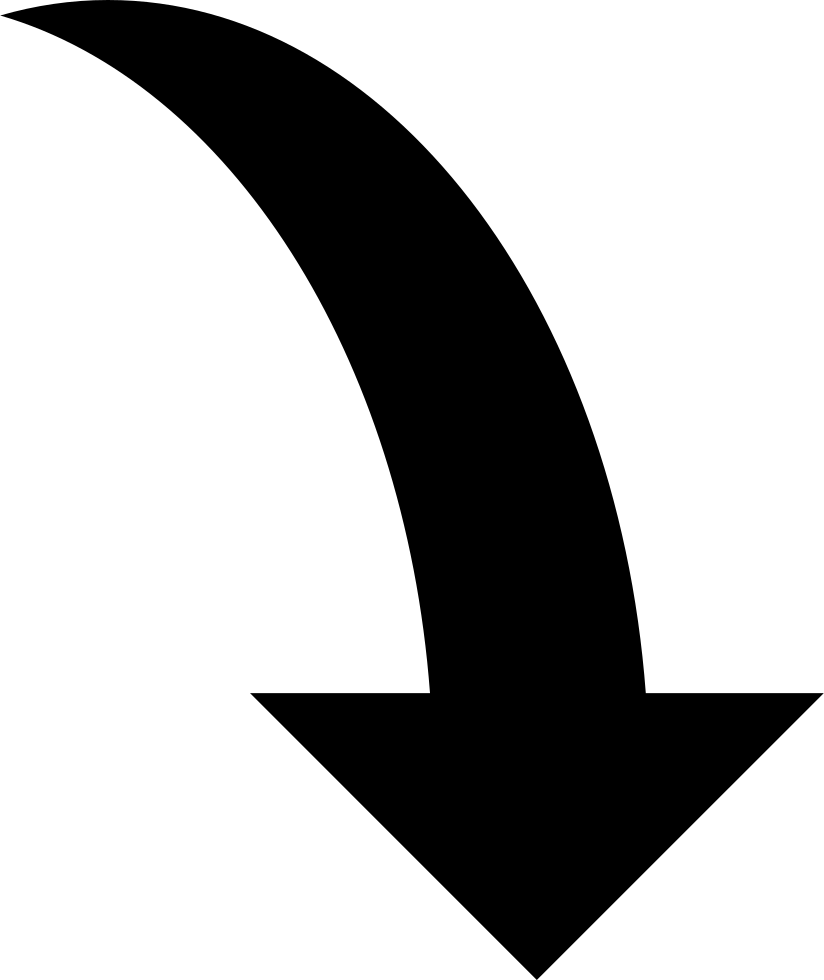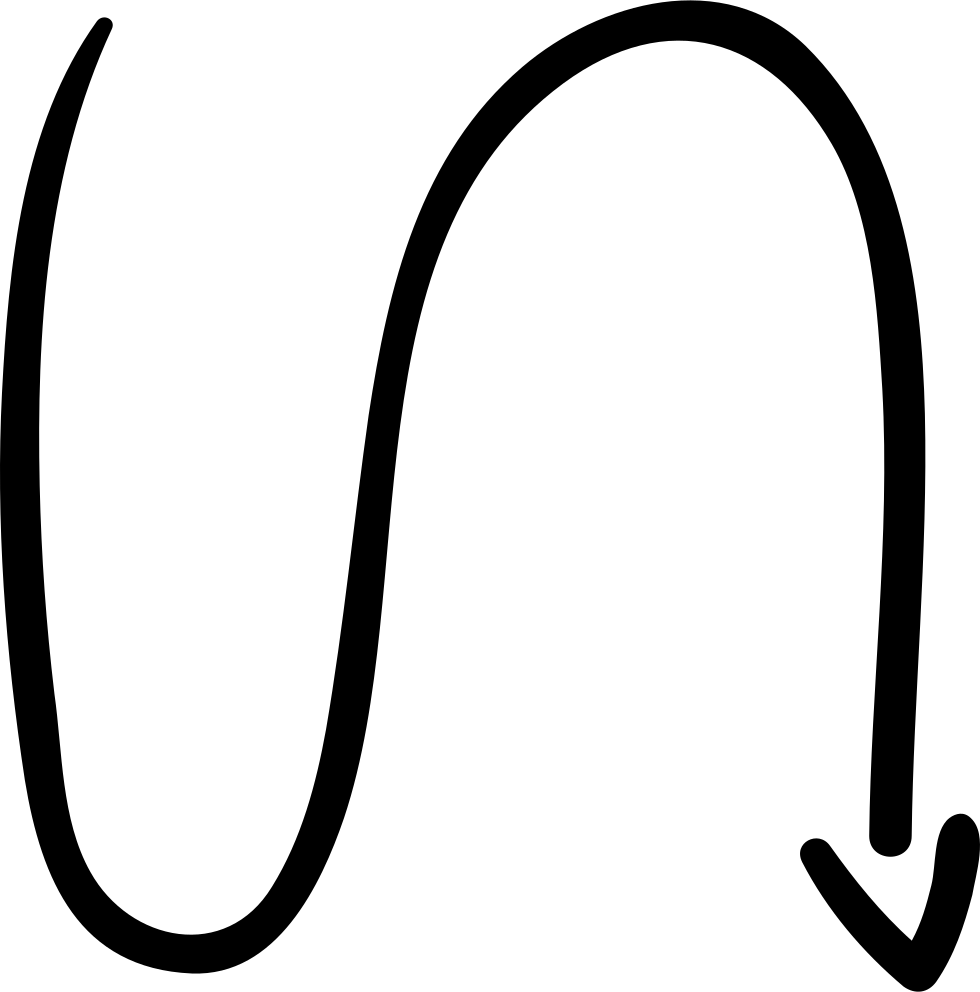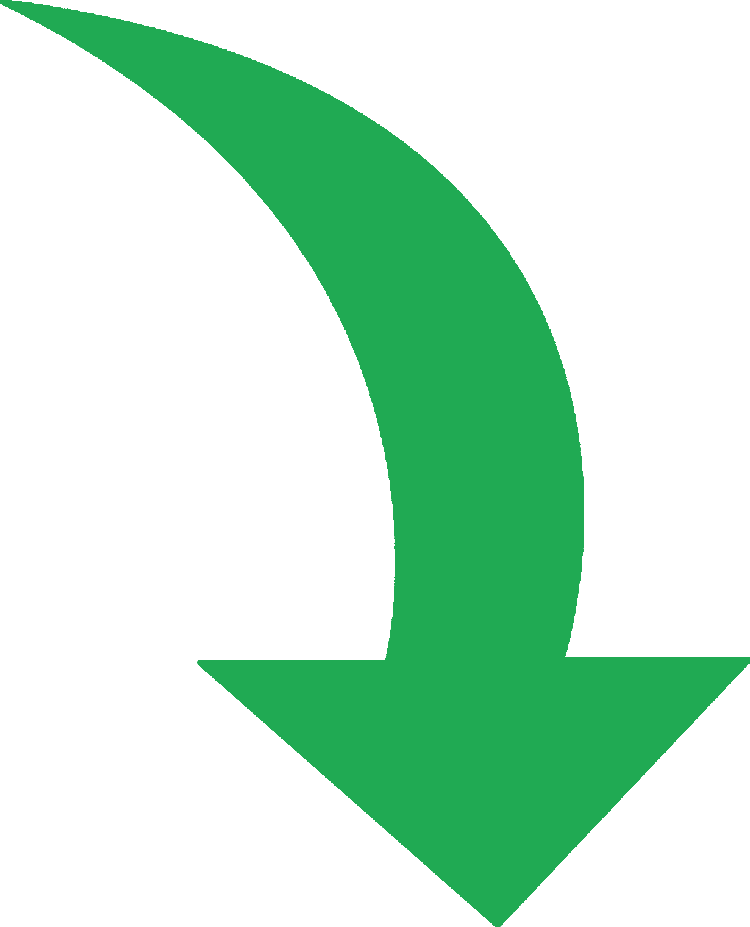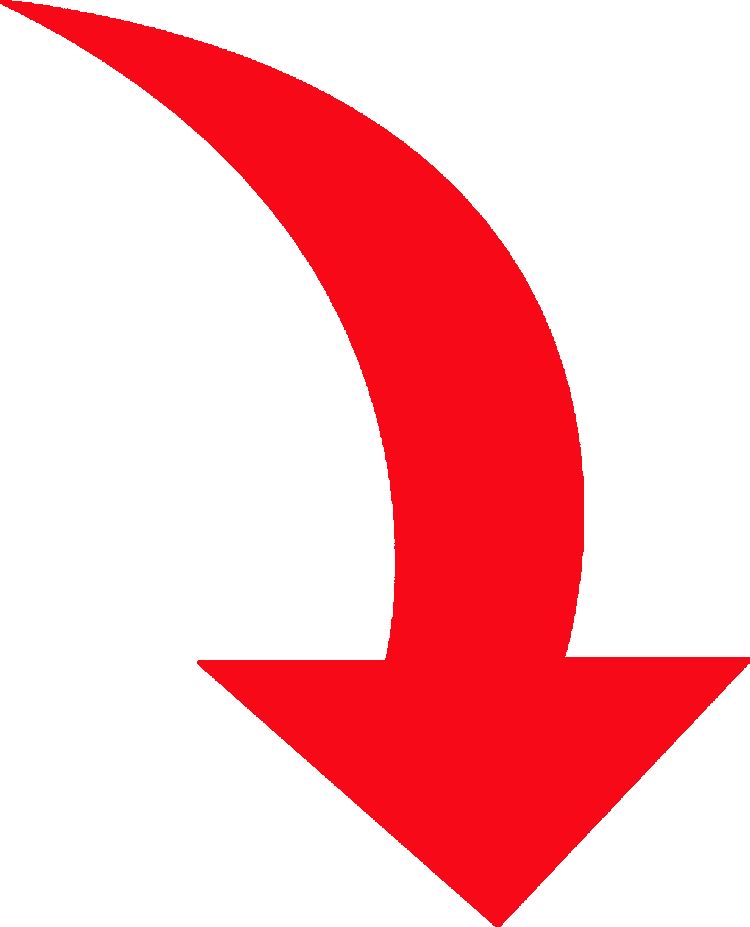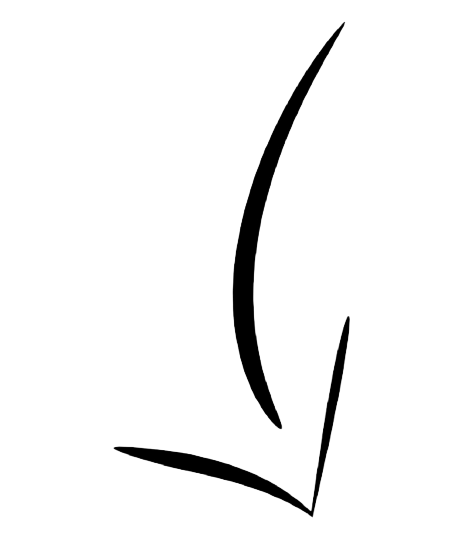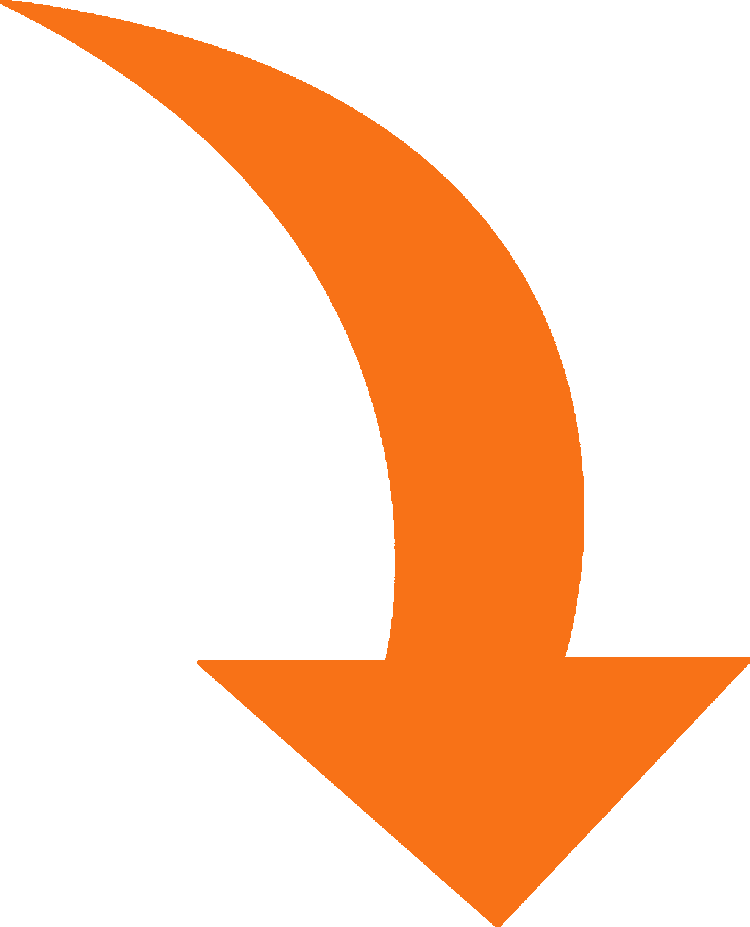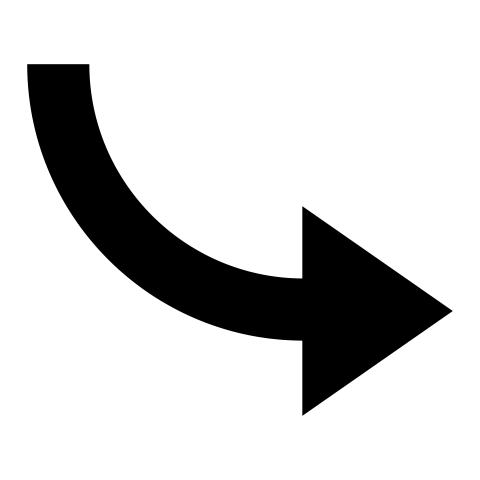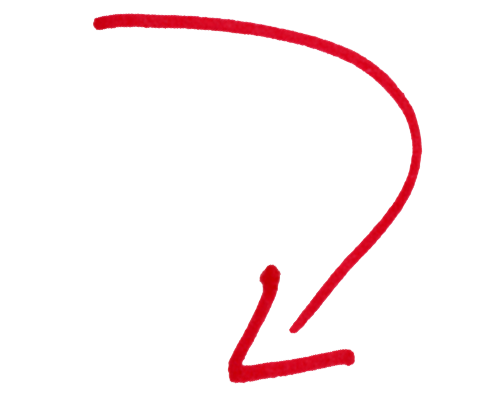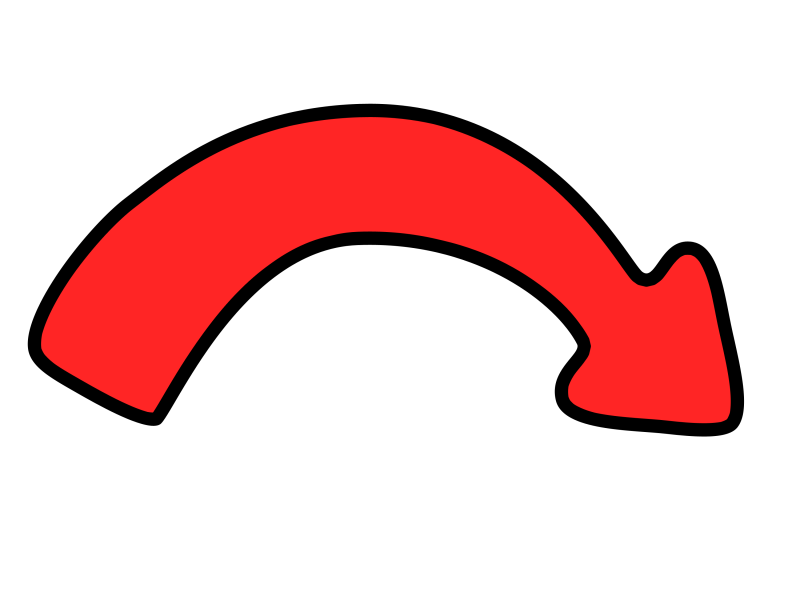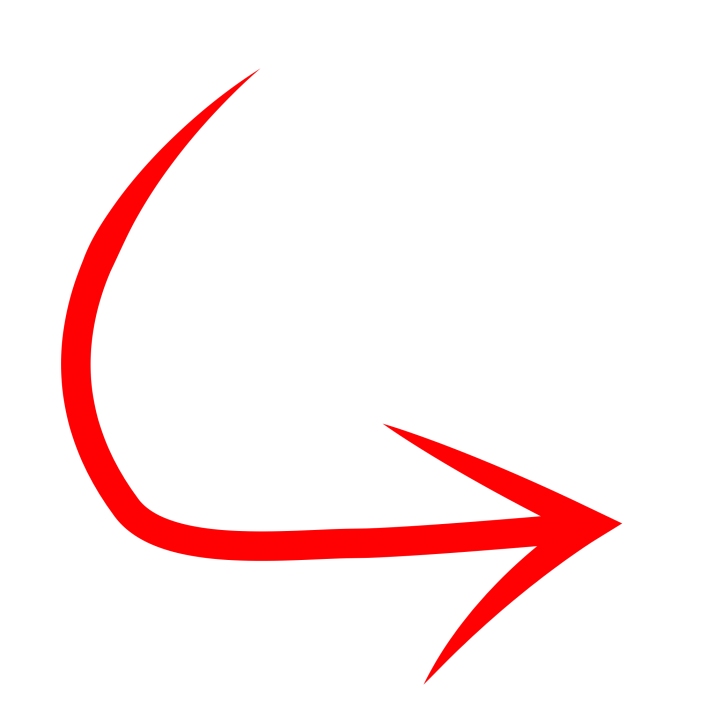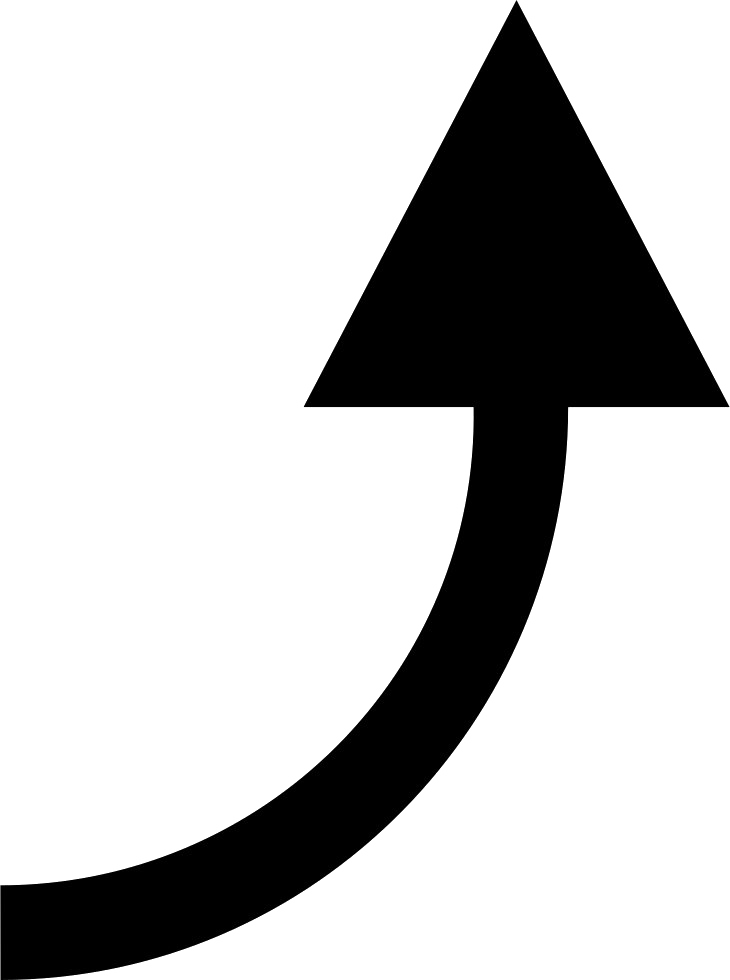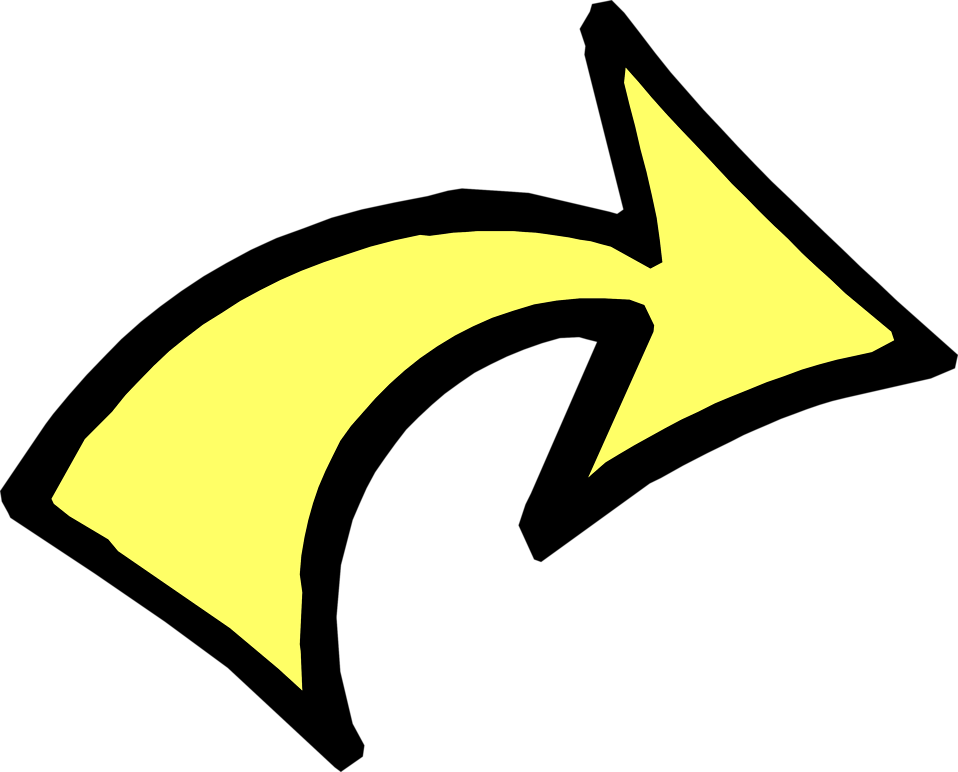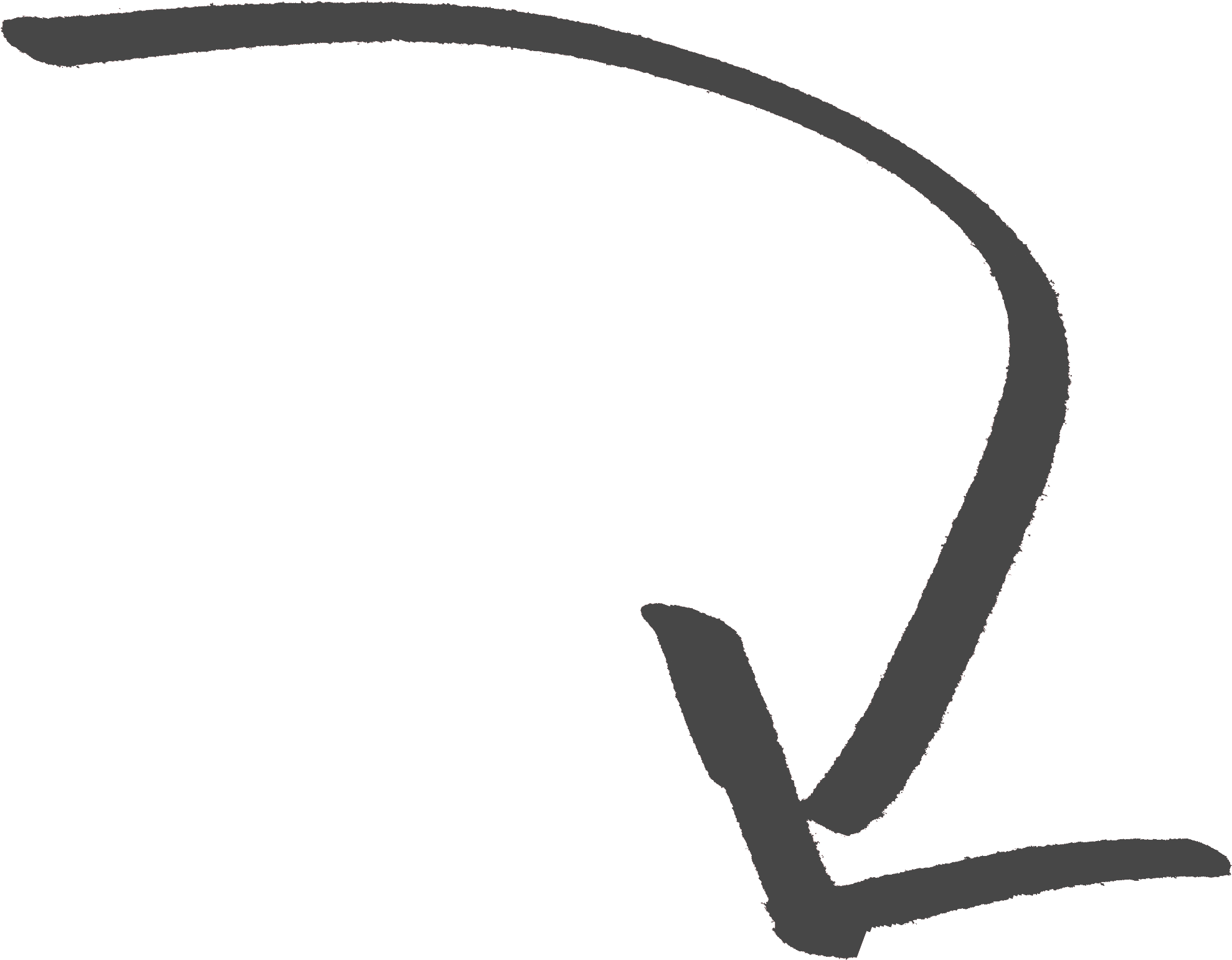Download top and best high-quality free Curved Arrow PNG Transparent Images backgrounds available in various sizes. To view the full PNG size resolution click on any of the below image thumbnail.
License Info: Creative Commons 4.0 BY-NC
The technique of arrow pushing, also known as electron pushing, is used to explain the evolution of organic chemistry reaction processes. Sir Robert Robinson was the one who came up with the idea. To demonstrate the reaction mechanism, “curved arrows” or “curly arrows” are placed over the structural formulas of reactants in a chemical equation. The arrows depict the flow of electrons when atom bonds are established and broken. The term “arrow pushing” is frequently used to explain how resonance distributes positive and negative charges across organic molecules. However, keep in mind that arrow pushing is a formalism, and electrons (or rather, electron density) do not move about in reality in such a tidy and distinct manner.
Inorganic chemistry, particularly the chemistry of s- and p-block elements, has recently been extended to arrow pushing. It has been found to be effective in the case of hypervalent substances.
To describe electron motions inside molecular structures, organic chemists utilize two sorts of arrows. Single barbed arrows indicate single electron motions, whereas double-barbed arrows indicate electron pair movement.
When a bond is broken, electrons depart the bond’s location, which is depicted by a curved arrow heading away from the bond and ending with an arrow pointing to the next vacant molecular orbital. Organic chemists, on the other hand, depict the creation of a bond as a curved arrow pointing between two species.
When drawing arrows, start with a lone pair of electrons or an or bond and end at a point that can receive a pair of electrons for clarity. This allows the reader to see exactly which electrons are traveling and where they are ending. Where a matching antibonding orbital is filled, bonds are broken. Some authorities permit the simplification of an arrow originating at a formal negative charge corresponding to a lone pair. However, not all formal negative charges (for example, the B in F4B) equate to the presence of a lone pair, thus caution is advised.
A group of two electrons forms a covalent link between atoms in an organic molecule. An electron pair is the name for such a group. Organic chemistry reactions are characterized by the breaking and creation of such bonds in a sequential manner. A chemical connection can be broken in two ways, according to organic chemists. Homolytic cleavage and heterolytic cleavage are two different types of cleavage.
Homolytic bond cleavage is the splitting of the electron pair that makes up a bond, leading the bond to break. Two single barbed curved arrows pointing away from the binding indicate this. As a result of this process, each of the atoms that were previously linked by a bond retains a single unpaired electron. Free radicals are single-electron entities with only one electron.
Download Curved Arrow PNG images transparent gallery
- Curved Arrow Symbol PNG Pic
Resolution: 600 × 450
Size: 90 KB
Image Format: .png
Download
- Curved Arrow Symbol PNG File
Resolution: 512 × 512
Size: 16 KB
Image Format: .png
Download
- Curved Arrow Symbol PNG Image
Resolution: 750 × 927
Size: 9 KB
Image Format: .png
Download
- Curved Arrow Symbol PNG Photo
Resolution: 860 × 980
Size: 11 KB
Image Format: .png
Download
- Curved Arrow Symbol PNG Cutout
Resolution: 980 × 736
Size: 23 KB
Image Format: .png
Download
- Curved Arrow Symbol PNG Images
Resolution: 686 × 372
Size: 24 KB
Image Format: .png
Download
- Curved Arrow Symbol PNG Photos
Resolution: 1195 × 1299
Size: 16 KB
Image Format: .png
Download
- Curved Arrow Direction
Resolution: 1600 × 1600
Size: 26 KB
Image Format: .png
Download
- Curved Arrow Direction PNG
Resolution: 2052 × 1356
Size: 88 KB
Image Format: .png
Download
- Curved Arrow Direction PNG Pic
Resolution: 980 × 876
Size: 30 KB
Image Format: .png
Download
- Curved Arrow Direction PNG File
Resolution: 676 × 1601
Size: 49 KB
Image Format: .png
Download
- Curved Arrow Direction PNG Image
Resolution: 1697 × 593
Size: 160 KB
Image Format: .png
Download
- Curved Arrow Direction PNG Photo
Resolution: 980 × 896
Size: 37 KB
Image Format: .png
Download
- Curved Arrow Direction PNG Cutout
Resolution: 1577 × 1286
Size: 28 KB
Image Format: .png
Download
- Curved Arrow Direction PNG Images
Resolution: 512 × 512
Size: 9 KB
Image Format: .png
Download
- Curved Arrow Direction PNG Photos
Resolution: 1521 × 1281
Size: 30 KB
Image Format: .png
Download
- Curved Arrow Direction Transparent
Resolution: 512 × 512
Size: 11 KB
Image Format: .png
Download
- Curved Arrow Direction PNG Clipart
Resolution: 2304 × 1296
Size: 229 KB
Image Format: .png
Download
- Curved Arrow Symbol
Resolution: 512 × 512
Size: 14 KB
Image Format: .png
Download
- Curved Arrow Direction PNG Picture
Resolution: 698 × 390
Size: 14 KB
Image Format: .png
Download
- Curved Arrow Symbol Transparent
Resolution: 730 × 980
Size: 27 KB
Image Format: .png
Download
- Curved Arrow Direction PNG HD Image
Resolution: 1984 × 1984
Size: 82 KB
Image Format: .png
Download
- Curved Arrow Direction PNG Image HD
Resolution: 824 × 980
Size: 15 KB
Image Format: .png
Download
- Curved Arrow Direction No Background
Resolution: 980 × 992
Size: 28 KB
Image Format: .png
Download
- Curved Arrow Direction PNG Images HD
Resolution: 750 × 927
Size: 9 KB
Image Format: .png
Download
- Curved Arrow
Resolution: 750 × 927
Size: 9 KB
Image Format: .png
Download
- Curved Arrow PNG
Resolution: 463 × 539
Size: 22 KB
Image Format: .png
Download
- Curved Arrow PNG Pic
Resolution: 750 × 927
Size: 9 KB
Image Format: .png
Download
- Curved Arrow PNG File
Resolution: 480 × 480
Size: 8 KB
Image Format: .png
Download
- Curved Arrow PNG Image
Resolution: 600 × 600
Size: 27 KB
Image Format: .png
Download
- Curved Arrow PNG Photo
Resolution: 1200 × 1073
Size: 18 KB
Image Format: .png
Download
- Curved Arrow PNG Cutout
Resolution: 800 × 725
Size: 20 KB
Image Format: .png
Download
- Curved Arrow PNG Images
Resolution: 512 × 512
Size: 17 KB
Image Format: .png
Download
- Curved Arrow PNG Photos
Resolution: 504 × 396
Size: 35 KB
Image Format: .png
Download
- Curved Arrow Transparent
Resolution: 1280 × 640
Size: 24 KB
Image Format: .png
Download
- Curved Arrow PNG Clipart
Resolution: 512 × 512
Size: 8 KB
Image Format: .png
Download
- Curved Arrow PNG Picture
Resolution: 600 × 917
Size: 78 KB
Image Format: .png
Download
- Curved Arrow PNG HD Image
Resolution: 512 × 512
Size: 8 KB
Image Format: .png
Download
- Curved Arrow PNG Image HD
Resolution: 512 × 512
Size: 5 KB
Image Format: .png
Download
- Curved Arrow No Background
Resolution: 800 × 600
Size: 22 KB
Image Format: .png
Download
- Curved Arrow PNG Images HD
Resolution: 512 × 512
Size: 7 KB
Image Format: .png
Download
- Curved Arrow PNG Free Image
Resolution: 715 × 715
Size: 27 KB
Image Format: .png
Download
- Curved Arrow PNG Image File
Resolution: 730 × 980
Size: 58 KB
Image Format: .png
Download
- Curved Arrow Background PNG
Resolution: 958 × 772
Size: 45 KB
Image Format: .png
Download
- Curved Arrow Symbol PNG
Resolution: 512 × 512
Size: 16 KB
Image Format: .png
Download
- Curved Arrow Symbol PNG Clipart
Resolution: 1978 × 1541
Size: 54 KB
Image Format: .png
Download
- Curved Arrow Symbol PNG Picture
Resolution: 512 × 512
Size: 17 KB
Image Format: .png
Download
- Curved Arrow Symbol PNG HD Image
Resolution: 512 × 512
Size: 17 KB
Image Format: .png
Download
- Curved Arrow Symbol PNG Image HD
Resolution: 792 × 988
Size: 69 KB
Image Format: .png
Download
- Curved Arrow Symbol No Background
Resolution: 450 × 943
Size: 102 KB
Image Format: .png
Download
- Curved Arrow Symbol PNG Images HD
Resolution: 824 × 980
Size: 22 KB
Image Format: .png
Download
- Curved Arrow Symbol PNG Free Image
Resolution: 1286 × 1577
Size: 28 KB
Image Format: .png
Download
